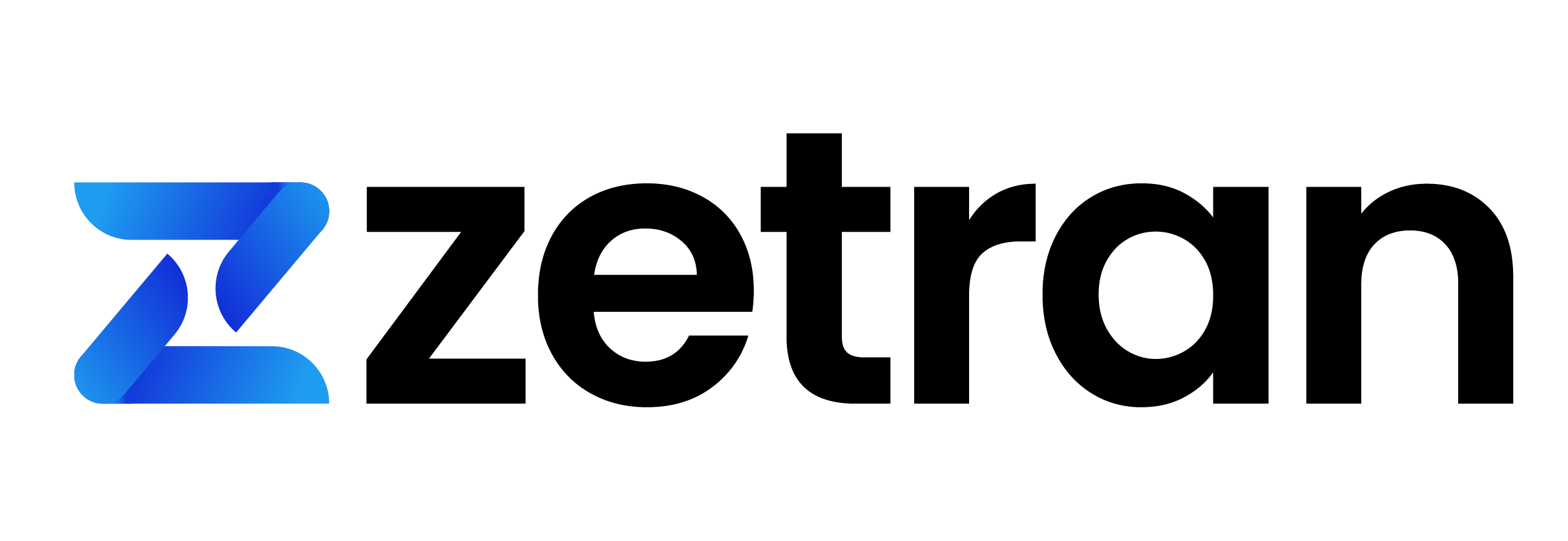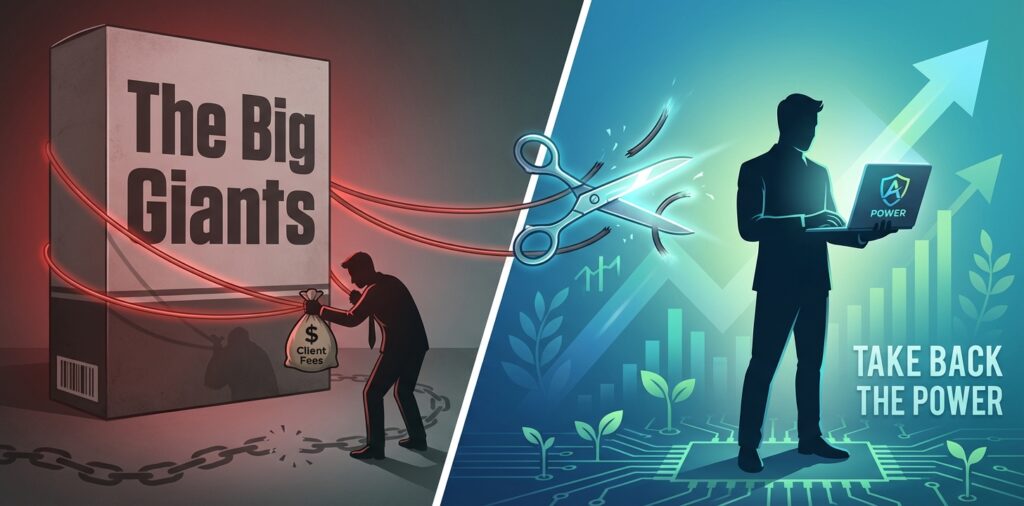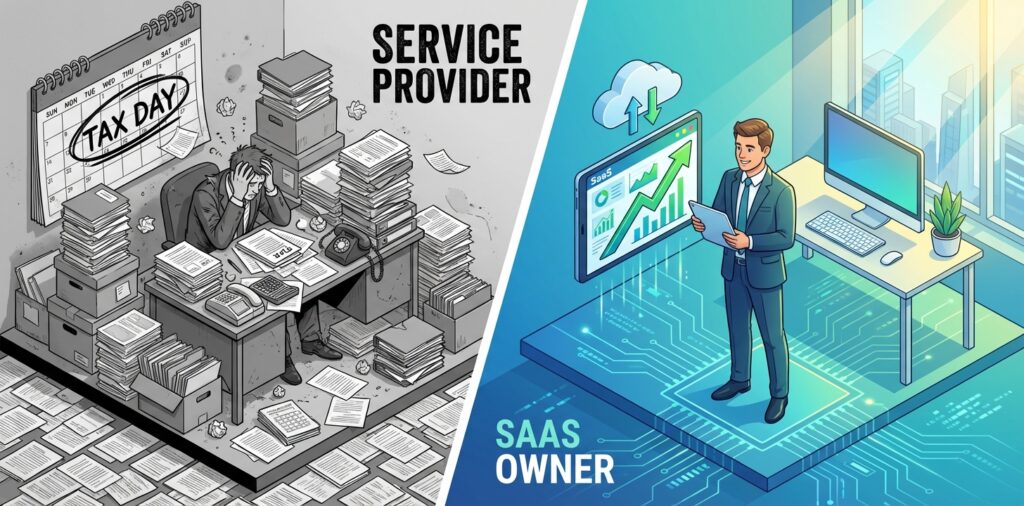With the cost of vehicle repairs and medical bills on the rise, it’s more important than ever to have motor insurance. But what exactly is motor insurance, and why do you need it? Motor insurance is a type of insurance that covers your car, bike, boat or another vehicle in the event of an accident. It can help to pay for repairs, medical bills, and even legal fees if you’re sued.
In some cases, it can also provide compensation for your family in the event of your death. While it’s not required by law in every state, it’s still a good idea to have motor insurance if you own a vehicle. There are many different types of motor insurance, so it’s important to choose the one that best fits your needs.
If you have a newer vehicle, collision coverage may be a good option. If you have an older car, liability coverage may be all you need. In the following, we’ll take a look at different vehicle insurance packages according to a driver’s age.
What’s the Best Age to get Car Insurance?
The age at which you get car insurance will depend on several factors, including the type of policy you choose, your driving record, and the cost of premiums for your age group. Generally speaking, the best time to get car insurance is when you first get your driver’s license.
This is because you are likely to pay less for car insurance as a beginner than you would once you have a few years of driving experience under your belt. This is due to the fact that insurance companies will use your driving record to determine your rates. If you are a safe driver, you can expect to pay less in premiums over time.
However, if you get into accidents, traffic violations, or receive lots of attention from law enforcement, you could see your rates increase significantly. As a general rule, you should try to avoid accidents and tickets when getting your driver’s license and continue driving safely throughout your entire driving career.
Young Drivers Under 25 Can Often Save Money by Choosing a Higher Deductible
One way younger drivers can save money on car insurance is by choosing a higher deductible. If you have collision or comprehensive insurance, your deductible is the set amount of money you settle out of your own pocket in case of an accident.
A higher car insurance deductible means you pay less per month. If you have a clean driving record and are shopping around to find the best rate, you could save money by choosing a high deductible on your collision policy, provided you have the money saved to pay that out of your own pocket in the event of an accident.
Drivers Over 65 May Find That Liability-Only Policies Are More Affordable
If you’re over 70 years old, you may find that liability-only policies are a lot more affordable than standard policies. These policies are much cheaper because they don’t provide you with any coverage if you get into an accident.
However, these policies only apply to people who have good driving records. If you have a poor driving record, you likely won’t qualify for these lower-cost policies.
Factors That Will Determine Your Car Insurance Rate
As we mentioned earlier, car insurance companies use your driving record to determine your rates. If you have a clean driving record and are under 25 years old, you likely qualify for a lower car insurance premium.
But if you have a few tickets or accidents on your record, you are likely to pay more for car insurance. Age is not the only factor that goes into determining rates, though. Other factors, such as the type of car you drive, your location, and even the time of day, can affect your rates as well.
Rates will also vary between different companies. Since each insurance agency uses different measurements to determine what risk you represent, you could technically qualify for different rates with different companies. Therefore, it’s important to shop around to find the best rate for you. You can typically do this either by getting quotes online or by visiting a few local insurance agencies in person.
Comprehensive Protection, Uninsured/Underinsured Motorist and Collision Coverage Explained
Depending on your situation, you may want to consider purchasing a comprehensive policy. These policies provide you with protection in the event of theft, vandalism, fire, and hitting an animal. They also provide you with collision coverage, which covers the cost of repairs if you accidentally hit another car. This is also important when knowing the difference between stacked vs unstacked car insurance.
Finally, you can also purchase UM/UIM coverage, which provides you with protection if you are hit by an uninsured or underinsured driver. This coverage can help you pay for medical bills or repair your vehicle if you get hit by a driver who doesn’t have insurance or doesn’t have enough insurance to cover the damage they caused.
Bundled Insurance
If you want to get the best possible rate on car insurance prices, you may want to bundle your policies together. If you already have a homeowners policy or a renters policy, you can often bundle your car insurance as well.
Having multiple policies with one insurance company typically lowers your rates. If you have several policies with one insurance agency, you may qualify for discount rates or a multi-policy discount. Although rates vary widely between companies, you can use tools such as the calculator above to get an idea of how much you could save.
Conclusion
Acquiring car insurance is an important part of holding a car. No matter what type of policy you choose, be sure to shop around and get a quote comparison before buying. And remember, the best way to avoid having to use your motor insurance is to drive safely and avoid accidents altogether.






